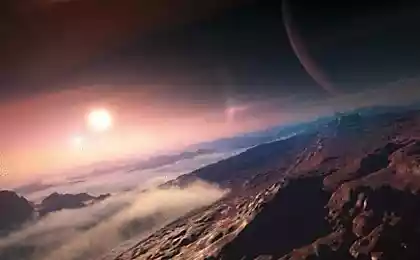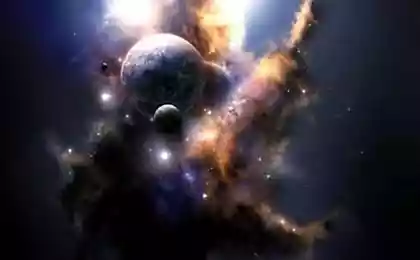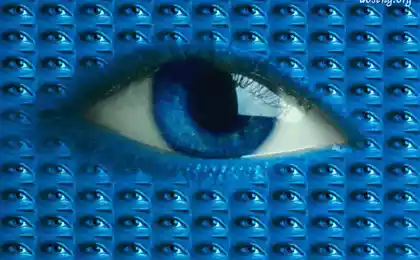423
SPHERE —hunter of exoplanets
The largest Observatory ESO (European southern Observatory) has a unique camera for search and direct observation of exoplanets – planets around other stars.
The instrument SPHERE (Spectro-Polarimetric High-contrast Exoplanet REsearch instrument) mounted on ESO's Very Large Telescope (Very Lagre Telescope), to be exact — on one of the four eight-meter telescopes that comprise the VLT. It was tested in Europe in December 2013 and went to Chile. At the end of may 2014, he saw how to say the astronomers, "first light".

The main task of PHYSICS – direct observation of exoplanets. Usually observe them by indirect methods – for changing the magnitude of the star when it passes the planet or drive for changing the radial velocities. From the Earth to the direct image of the distant planets are very difficult to prevent distortions introduced by the atmosphere, in addition, prevents the light much brighter star around which an exoplanet. SPHERE successfully struggling with these issues.
The tremor of the earth's atmosphere helps him to defeat adaptive optics, the star's light is cut off by the coronagraph, in addition, helps out a new method of differential imaging, in which light coming from stars and light from planets is divided for the color and polarization characteristics.
And the first image has led to success for "training" SPHERE got the best image of Saturn's moon Titan ever received from Earth, a tiny companion star Iota Sagittarius, and a dust ring around the star HR 4796A. "This is just the beginning. SPHERE is a uniquely powerful research tool and, without a doubt, in the coming years will make a lot of discoveries, " concludes Jean-Luc Bozi (Jean-Luc Beuzit) from the Institute of planetology and astrophysics in Grenoble (France), principal investigator of the project SPHERE.
Photo by ESO.
Source: nkj.ru
The instrument SPHERE (Spectro-Polarimetric High-contrast Exoplanet REsearch instrument) mounted on ESO's Very Large Telescope (Very Lagre Telescope), to be exact — on one of the four eight-meter telescopes that comprise the VLT. It was tested in Europe in December 2013 and went to Chile. At the end of may 2014, he saw how to say the astronomers, "first light".

The main task of PHYSICS – direct observation of exoplanets. Usually observe them by indirect methods – for changing the magnitude of the star when it passes the planet or drive for changing the radial velocities. From the Earth to the direct image of the distant planets are very difficult to prevent distortions introduced by the atmosphere, in addition, prevents the light much brighter star around which an exoplanet. SPHERE successfully struggling with these issues.
The tremor of the earth's atmosphere helps him to defeat adaptive optics, the star's light is cut off by the coronagraph, in addition, helps out a new method of differential imaging, in which light coming from stars and light from planets is divided for the color and polarization characteristics.
And the first image has led to success for "training" SPHERE got the best image of Saturn's moon Titan ever received from Earth, a tiny companion star Iota Sagittarius, and a dust ring around the star HR 4796A. "This is just the beginning. SPHERE is a uniquely powerful research tool and, without a doubt, in the coming years will make a lot of discoveries, " concludes Jean-Luc Bozi (Jean-Luc Beuzit) from the Institute of planetology and astrophysics in Grenoble (France), principal investigator of the project SPHERE.
Photo by ESO.
Source: nkj.ru























